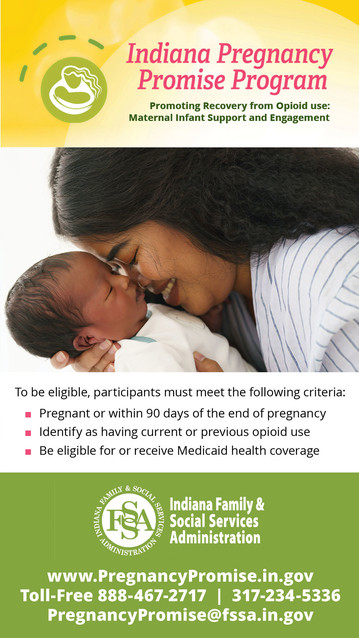|
According to provisional data from the Centers for Disease Control and Prevention, more than 90,000 drug overdose deaths are predicted to have occurred in the United States in the 12 months ending September 2020. This data shows that overdose deaths have also accelerated during the COVID-19 pandemic. The alarming increase in overdose deaths underscores the need for more accessible treatment services, and studies have shown that medication-based treatment promotes long-term recovery from opioid use disorder. To bring evidenced-based treatment to more Americans with opioid use disorder, the U.S. Department of Health and Human Services is releasing new buprenorphine practice guidelines that among other things, remove a longtime training requirement that some practitioners have cited as a barrier to treating more people. The Practice Guidelines for the Administration of Buprenorphine for Treating Opioid Use Disorder exempt eligible physicians, physician assistants, nurse practitioners, clinical nurse specialists, certified registered nurse anesthetists and certified nurse midwives from federal certification requirements related to training, counseling and other ancillary services that are part of the process for obtaining a waiver to treat up to 30 patients with buprenorphine. Click here for more information.
The Office of Planning, Research, and Evaluation within the Administration for Children and Families has funded a paper that examines the impetus and existing evidence on programs that integrate employment services with treatment and recovery services for people with opioid and other substance use disorders (SUDs). It includes an overview of the nature and recent history of SUDs and their treatment, including the important role that employment can play in recovery, and discusses the factors that historically limited the role of employment services in treatment programs. It also provides a brief review of the limited but promising evidence on the effectiveness of integrating substance use disorder treatment and employment services in improving participants’ employment outcomes. The Building Evidence on Employment Strategies for Low-Income Families (BEES) project studies programs that combine employment services with SUD treatment and recovery services. Through a series of rigorous evaluations, BEES aims to increase the understanding of effective interventions that help low-income individuals find jobs and advance in the labor market.
 The Indiana Family and Social Services Administration is introducing an important new initiative. The Pregnancy Promise Program aims to identify pregnant individuals with opioid use disorder (OUD) and connect them with prenatal care, mental health support and treatment/recovery services as early in their pregnancy as possible. The goal of the Pregnancy Promise Program (Promise = Promoting Recovery from Opioid use: Maternal Infant Support and Engagement) is to achieve positive outcomes for parents and infants impacted by OUD beginning in pregnancy and continuing through 12 months postpartum. Enrollment began July 1, and the program is also accepting referrals. Referrals can be made by individuals who use opioids and are pregnant, or recently pregnant, and would like support. Referrals may also be made by providers, family, or friends on behalf of another individual. Visit www.pregnancypromise.in.gov for more information. This program is made possible through funds from the Centers for Medicare and Medicaid Services.
The Substance Abuse and Mental Health Services Administration (SAMHSA) recently posted several webpages containing a variety of videos, factsheets, and broadcast-quality public service announcements to help individuals and their loved ones connect with and remain in treatment for mental and substance use disorders. Each page contains a brief overview of the topic, ways to obtain help and additional references and relevant resources at the bottom of the page. Some of the resources are available in Spanish as well as English. Some of the topics include Know the Risks of Meth, Adults and Drug Use: There is Help, and The Case for Screening and Treatment of Co-Occurring Disorders.
Looking for drug overdose data? State and county level data relating to drug overdose deaths, nonfatal overdoses, opioid prescribing and much more can be found on our Drug Overdose Dashboard here. Additional overdose data can be found on StatsExplorer here. Please feel free to reach out to the DOP team with any data questions.
|